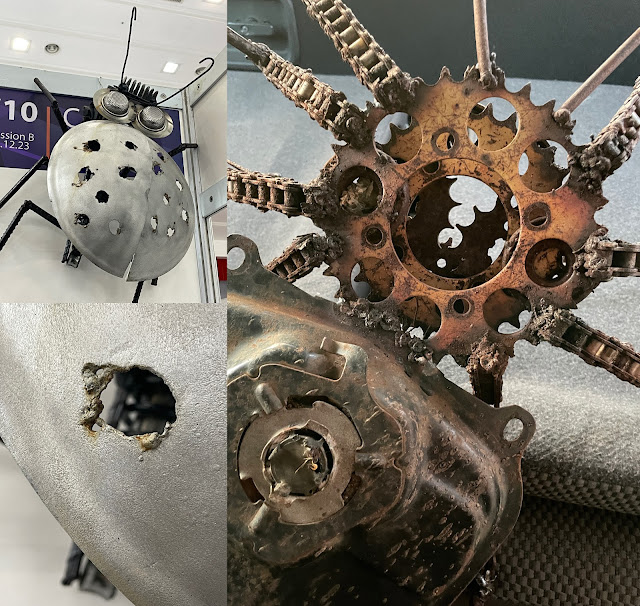Figure 1: Left Dr Sharmiza Presenting the Project, Right Ali Azraie during the appreciation ceremony
On 15th December 2023, closing ceremony of iidex2023, PACAQ's commercial invention participated was awarded 'Gold Medal', through the Open-Inventor 2023 category. PACAQ (Public Art Creative Aesthetic Quality) Research-Interest-Group participated in the iidex2023 Design-Exposition, representing the UiTM Melaka contingent team, highlighting the topic "SDG Art Insects: Embracing Art & Creativity in Public Spaces using Industrial Waste Materials in Context of Sustainability through Circular Design Practice".
iidex2023 is an abbreviation for 'Invention, Innovation & Design Exposition 2023', which is an annual International Exhibition and Competition organised by Universiti Teknologi MARA (UiTM). As stated in the poster in figure 1, iidex2023 focuses on aligning with the third trust of the National Higher Education Strategic Planning focusing on enhancing research and innovation as well as the commercialisation of research product and technology
The 'Public Art SDG Insects Project' was spearheaded by the Principle Lead Member of PACAQ herself Dr Sharmiza Abu Hassan, accompanied by four members including: Mohd Ali Azraie Bebit, Mohd Saharudin Supar, Mohd Shaharudin Sabu, and Musaddiq Mohamad Khalil.
Figure 2: Close-up visuals on the showcase works of Art
The 'SDG Art Insects' Project drew upon the idea of re-envisioning the potential of high-end TVET skills soaring towards public engagement and commercialisation through circular design practice approached, as highlighted by the United Nations SDG's (Sustainable Development Goals), focusing on the areas such as 'SDG4: Quality Education', 'SDG11: Sustainable Cities and Communities', and 'SDG12: Responsible Consumption and Production', which aligns with the National Agenda of a 'Shared Prosperity Vision 2030 - Wawasan Kemakmuran Bersama 2023'.
SDG Art Insects project embarks the potential of 'SDG4: Quality Education' through unfolding the praxis of a 'T-Skill Model' approach fulfilling the gaps and demands of the industry. A theoretical and practice methodology where the works of art presented is extracted from the Art School's disciplinary subject, in particular on 'Welding and Forging Metal' for sculpture making. The conceptual creative process starts with research on organic forms and fabrications of the chosen insects as the students subject matter. The final research conceptual process is finally translated through forms develop as creative outcomes, interpreted through articulating these fabricated hard-waste material by technical jointing, welding, and forging process. The works of art are then treated to withstand the conditions which they will be situated. Through this re-envisioned strategies, rather than to be exhibited in exclusive workshops and indoor galleries, these works of art are addressed inclusively in-site within the public realm, where the public audience could embrace the whole process and progress of 'Art from the Society, Towards the Society'.
Figure 3: Close-up visuals on the showcase works of Art
SDG Art Insects project further elevates the awareness potential of 'SDG11: Sustainable Cities and Communities' through application, as well as appreciation of a sustainable direction in regards to the treasures of our local beauties and biodiversities. PACAQ is working hand-to-hand with the local municipal and authorities upon highlight such importance. Insects are biological indicators of a safe habitat, in regards to a safe carbon zone area which reflects a 'Safe Signal' for humankind habitats and ecosystem. Dr Sharmiza Abu Hassan took place in this years KL Festival Park 2023 Public Art Competition, with her work representing the insect 'Spider' created from natural biodegradable materials as byproducts from nature. These SDG Insects project at present, establishes the interplay between non-biodegradable hard waste material and the indication aspects of a safe and sustainable space. Through circular design practice approach the local communities can participate on the same joint-effort by contributing within the maker-user process, in regards upon collecting these hard waste as fabrication material as well as, participating on the user's end as audience appreciating the public art outcome at the same time spreading awareness of its sustainable process in circular design practice.
Figure 4: Close-up on the production parts of SDG Art Insects
SDG Art Insects project embraces the commercialisation potential of 'SDG12: Responsible Consumption and Production' within preparing a commercial platform exclusively for showcasing public works of art, as well as inclusively channeling solutions towards sustainable production of works of art, which has the potential to be consume as a new sustainable art direction market practice for public and private agencies upon engaging towards the National Agenda of a 'Shared Prosperity Vision 2030 - Wawasan Kemakmuran Bersama 2023'. On the educational level, the students are exposed towards awareness upon commercialised aspects in consumption of hard-waste materials as fabrication materials for a new direction in public art practice, embracing the sustainable circular design practice, at the same time such approach on materials are viewed as 'pocket-friendly' in completion of their syllabus assessments and requirements. Moreover, as public works of art demands more space accessible to the public, UiTM Alor Gajah is seen as a promising platform for showcasing this promising demand, for propagating a new direction, for the new emerging venture on public art market in Malaysia.rket in public art.
In a Nutshell, PACAQ's involvement upon positioning this SDG Art Insects Project at iidex2023 is viewed as a progressive move towards opening a new sustainable public art market in Malaysia through embarking sustainable quality education (SDG4), elevating sustainable cities and communities (SDG11) through bio-indicators, as well as embracing commercialised platforms of responsible consumption and production (SDG12). A step in commercialisation, and a stage to spark new possibilities for stakeholders upon engaging together towards this new direction of progressive effort in Malaysia's Art Scene.
'Keep on Charging!'
MUSADDIQ MOHAMAD KHALIL
Department of Liberal Studies
UiTM Alor Gajah
PACAQ- UITM RIG 2023




Comments
Post a Comment